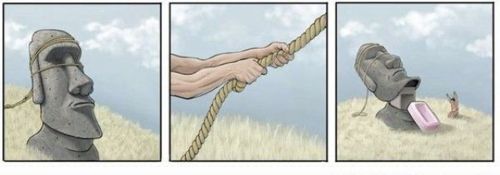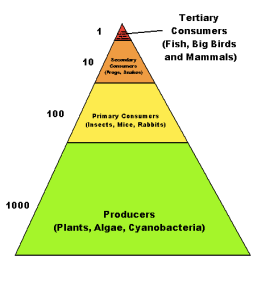By Becky Chitro
Colony Collapse Disorder (CCD) is a tragedy happening among the bee population in which there is a drastic decline in adult male bees is found in a given hive. What makes this particularly concerning is that there is no bodies found in the hive, yet the queen bee and other immature male bees are still present. This makes determining the cause of death in the bees extremely difficult to track and determine. One researcher, vanEngelsdorp suggests: “When bees are infected, it may cause them to commit altruistic suicide so they don’t infect their nest mates” (Watanabe). It is easy to overlook bees, that is unless the sting you, but they are an invaluable part of our ecosystem and contribute to the pollination of our food sources.
For example, the almond industries in California alone depend on bees because it takes 1.4 million colonies of bees to sustain the business. The U.S. has already seen the population stagger from 5 million to 2.5 million colonies since the 1940s and has been importing more and more bees since. Yet we cannot solely rely on imports because it is not a sustainable system and does not pin point why this is happening to our bees. Scientists have been able to reason out some potential causes, which include a pathogen a gut fungi called Nosema, but unfortunately cannot render this to be the direct cause. This suggests that there could be a combination of pathogens contributing to the collapse of colonies. Another potential cause could be parasites, but again there has been no direct correlation to Varroa mites and bee deaths. In fact, it has been shown that the colonies with the mites are healthier, which is assumed to be due to a higher resistance to averse infections. The next best guesses are management and environmental stressors, which describe a competition among the imported and indigenous bees for adequate nutrition, and uncontaminated water, while also having to avoid exposure to toxic pesticides.
So now you might be thinking: ‘without a definitive cause, how can we prevent more bees from dying?” A great question. While it seems that there is no way to be absolutely effective in preventing CCD, we can take some steps to reduce our affect on their chances of survival. One way is to reduce the amount of pesticides, especially during mid-day hours since bees are most active at the time. We can also plant nutritional food sources for bees so they have less competition among their species for nectar, which include: red clover, foxglove, bee balm, and joe-pye weed.
You might also want to support your local bee farmer! If you buy corporate honey, you might actually be encouraging unethical honey harvesting, which could be one a potential cause affecting bee colonies. Small farmers are exhibit a more involved process and devote more time and effort into making sure their bees are meeting their requirements in order to produce a certain amount of honey. If you need inspiration check out this simple, and delicious recipe for homemade salad dressing:
Honey-Mustard Vinaigrette
- 1 clove garlic, minced
- 1 tablespoon white-wine vinegar
- 1 1/2 teaspoons Dijon mustard, (coarse or smooth)
- 1/2 teaspoon honey
- 1/8 teaspoon salt
- Freshly ground pepper, to taste
- 1/3 cup extra-virgin olive oil, or canola oil
Eating Well. “Honey-Mustard Vinaigrette.” The EatingWell Diabetes Cookbook. 2005. <http://www.eatingwell.com/recipes/honey_mustard_vinaigrette.html>
United States Department of Agriculture. “Honey Bees and Colony Collapse Disorder.” October 16, 2014. <http://www.ars.usda.gov/News/docs.htm?docid=15572>
Watanabe, Myrna. “What’s New With Honeybees?” BioScience, Vol. 59, No. 11 (December 2009), p. 1010.




